#but he was pretty unique among harlem renaissance writers for wholeheartedly owning jazz as an art form
Explore tagged Tumblr posts
Photo

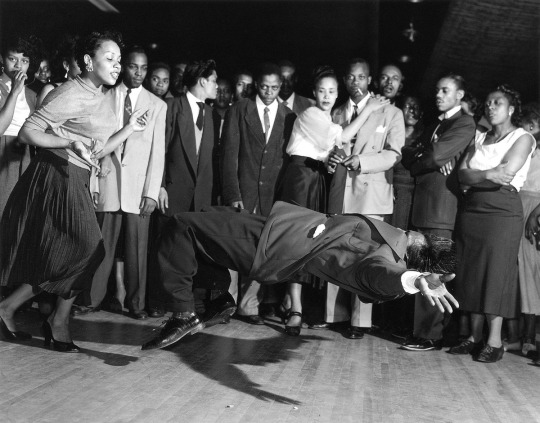
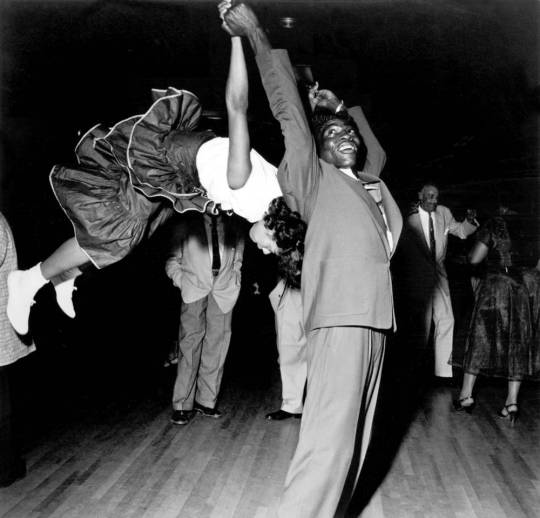
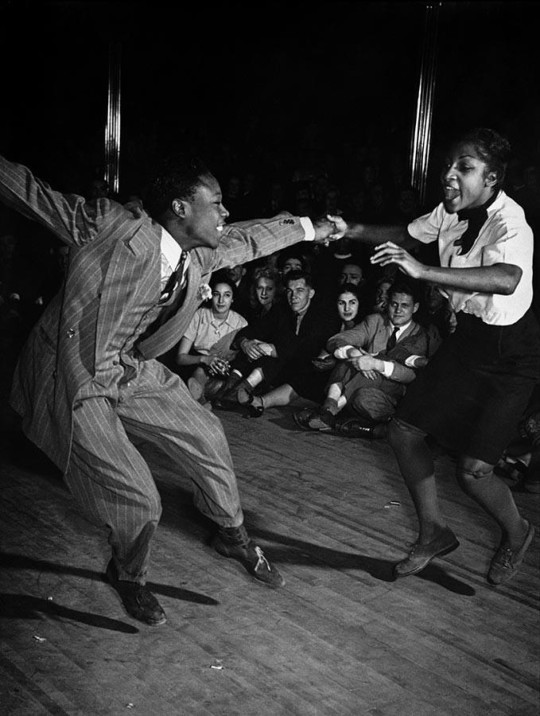


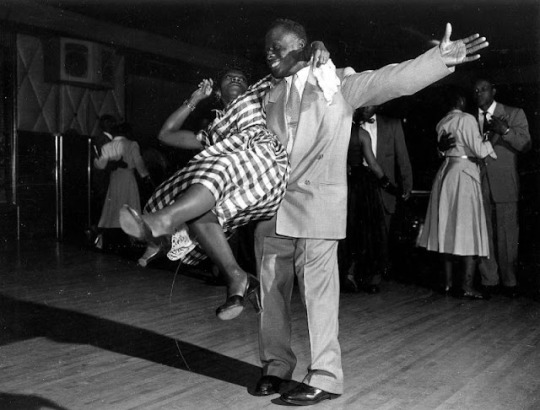



Savoy Ballroom in Harlem
“The World’s Finest Ballroom.” “Home of Happy Feet.” Langston Hughes called it the “Heartbeat of Harlem.“
The Savoy was a legendary dance hall owned by Jewish mobster, Moe Gale, which operated from 1926 to 1958. Unlike many ballrooms such as the Cotton Club, the Savoy always had a no-discrimination policy. Generally, the clientele was 85% Black and 15% white.
The normal entrance fee was 30 to 85 cents per person, depending on what time a person came. 30 cents was the base price, but after 6 p.m. the fee was 60 cents, and then 85 cents after 8 p.m. Each year, the ballroom was visited by near 700,000 people.
Many dances such as Lindy Hop were developed and became famous there.
The ballroom had a double bandstand that held one large and one medium-sized band running against its east wall. Music was continuous as the alternative band was always in position and ready to pick up the beat when the previous one had completed its set. The bouncers, who had previously worked as boxers, basketball players, and the like, wore tuxedos and made $100/night. The floor was watched inconspicuously by a security force of four men at a time who were headed by Jack La Rue, and no man was allowed in who wasn’t dressed in a jacket with a tie.
Chick Webb was the leader of the best known Savoy house band during the mid-1930s. A teenage Ella Fitzgerald, fresh from a talent show win at the Apollo Theater in 1934, became its vocalist. The Savoy was the site of many famous “Battles of the Bands” or “Cutting Contests,” which started when the Benny Goodman Orchestra challenged Chick Webb in 1937. Webb and his band were declared the winners of that contest.
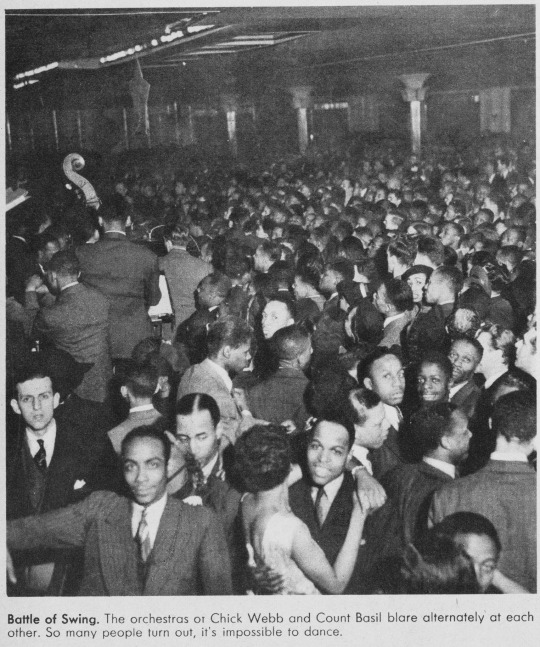
#history#harlem renaissance#swing dancing#lindy hop#big band#ella fitzgerald#i don't reeeaaally gel with langston hughes' proto-tankie vibes#(especially some of the stuff he said re: his cpsu-sponsored visit to soviet central asia)#but he was pretty unique among harlem renaissance writers for wholeheartedly owning jazz as an art form#at a time when certain other writers (valuable as their output were) dismissed it on respectability grounds#*cough w.e.b. du bois cough cough*#between the great migration and the great depression#there rise a thousand dance stars
579 notes
·
View notes